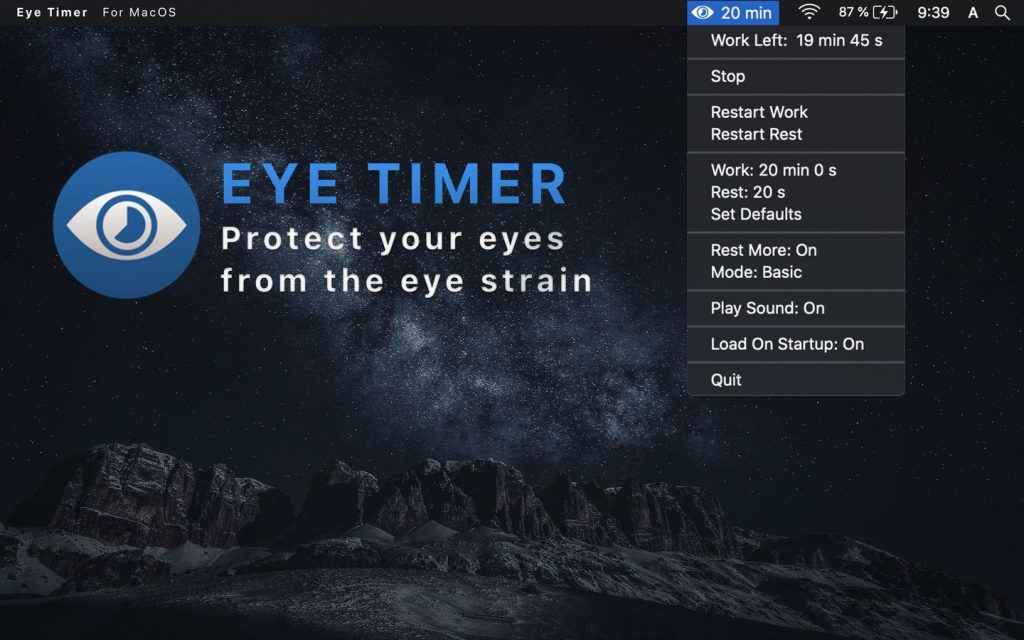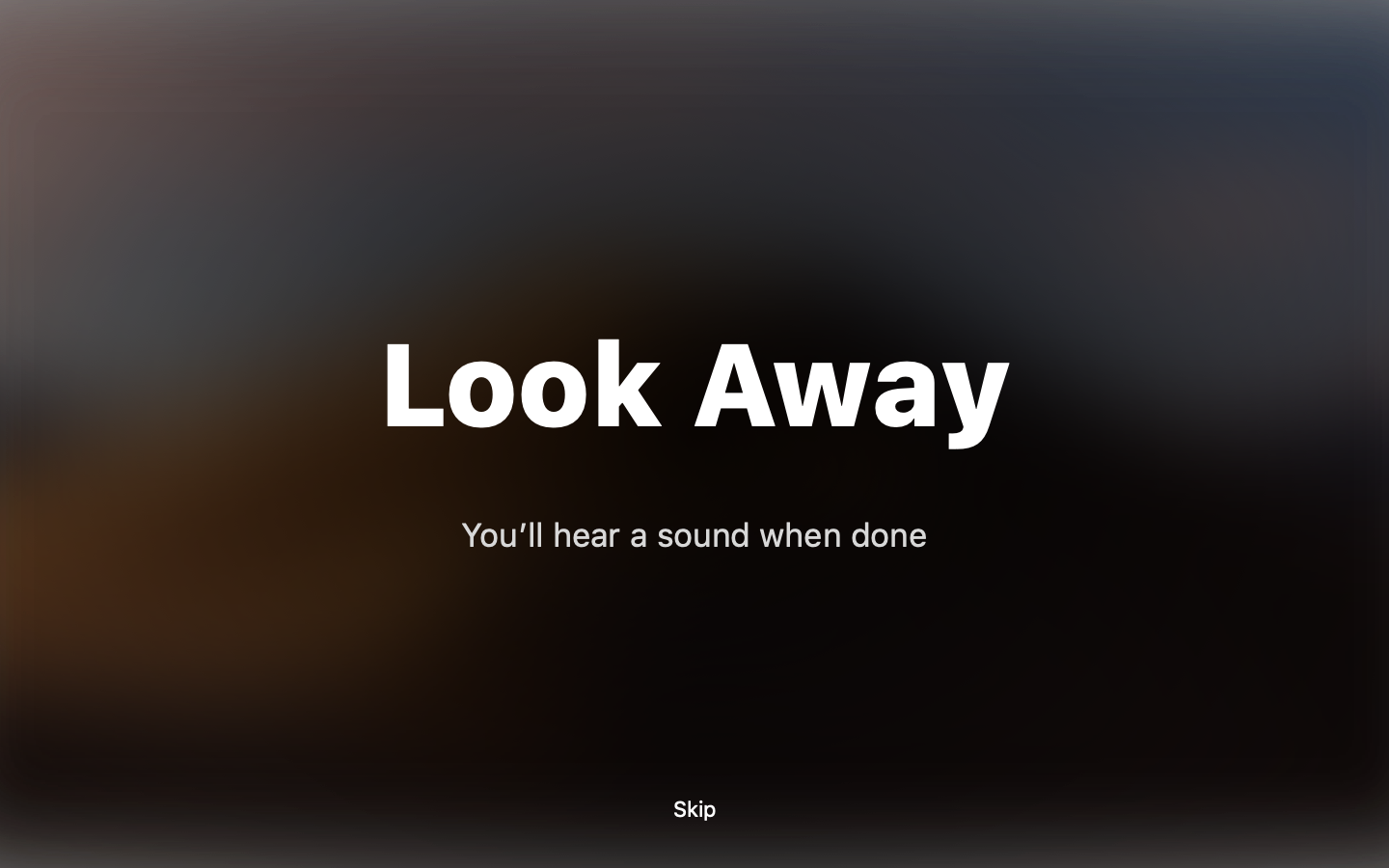A Collection Of Eyes Mac OS
The pixel density of Retina displays is so high that your eyes can't detect individual pixels at a normal viewing distance. This gives content incredible detail and dramatically improves your viewing experience.

Mac computers that have a Retina display
MacBook Pro models:
- 16-inch MacBook Pro models introduced in 2019. Native resolution: 3072 x 1920 at 226 pixels per inch. Support for millions of colors.
- 15-inch MacBook Pro models introduced in 2012 or later, except the MacBook Pro (15-inch, Mid 2012). Native resolution: 2880 x 1800 at 220 pixels per inch. Support for millions of colors.
- 13-inch MacBook Pro models introduced in late 2012 or later. Native resolution: 2560 x 1600 at 227 pixels per inch. Support for millions of colors.
Explore new MAC collections, collaborations, and products and experience the latest in makeup artistry. Free shipping on the latest makeup collections. The default wallpapers for Public Beta - 10.3 were included in every OS up to Lion unchanged. If you have a newer Mac OS X 10.4 - 10.6.8 installation you should already have them (Public Beta - 10.1 is named 'Classic Aqua Blue', 10.2's is 'Jaguar Aqua Blue', 10.3 'Panther Aqua Blue'). MAC Eyes on MAC Collection for March 2015. Designing your own unique eyes has never been easier thanks to Eyes on M∙A∙C. These well-edited Eyes Times Nine and Eyes Times Fifteen palettes feature colour-coordinated hues that offer countless combinations. Each palette provides an array of textures for both day and night. MAC Eyes on MAC Collection for March 2015. Designing your own unique eyes has never been easier thanks to Eyes on M∙A∙C. These well-edited Eyes Times Nine and Eyes Times Fifteen palettes feature colour-coordinated hues that offer countless combinations. Each palette provides an array of textures for both day and night.
MacBook Air models introduced in 2018 or later. Native resolution: 2560 x 1600 at 227 pixels per inch. Support for millions of colors.
MacBook models introduced in 2015 or later. Native resolution: 2304 x 1440 at 226 pixels per inch. Support for millions of colors.
iMac models:
- 27-inch iMac models introduced in 2014 or later. Native resolution: 5120 x 2880. Models introduced in 2014 and 2015 support millions of colors, and models introduced in 2017 or later support one billion colors.
- 21.5-inch iMac models introduced in 2015 or later, except the iMac (21.5-inch, 2017) and iMac (21.5-inch, Late 2015). Native resolution: 4096 x 2304. The Retina model introduced in 2015 supports millions of colors, and models introduced in 2017 or later support one billion colors.
All iMac Pro models. Native resolution: 5120 x 2880. Support for one billion colors.
Changing the resolution of your display
Your Mac automatically chooses a default resolution that is optimal for your display. To change the resolution:
- Choose Apple menu > System Preferences.
- Click Displays.
- Select Scaled, then select any of the four or five scaled resolutions, depending on your Mac model. With scaled resolutions, text and objects can appear larger and more visible, or smaller to provide more space for windows and apps.
If you're also using an external display
If you're using an external display to extend your desktop, you can choose a preferred resolution for each display. To see additional resolutions for the external display, press and hold the Option key while selecting the Scaled button.
If you're using an external display to mirror your built-in display, your Mac optimizes for whichever display is selected in the ”Optimize for” pop-up menu. Allow your Mac to choose the best resolution for that display, or select Scaled and choose a different resolution.
When mirroring your displays, you can optimize for the external display instead of your built-in display.
Using apps with a Retina display
If an app looks different than you expect on your Retina display or high-resolution external display, try opening the app in low-resolution mode:
- Quit the app.
- Open the Applications folder.
- Click the app once to select it, then choose Get Info from the File menu.
- From the Get Info window that opens, select the checkbox labeled ”Open in Low Resolution.”
- Close the Get Info window and open the app again.
Some apps that work best in low-resolution mode or that work only in low-resolution mode will have this mode already turned on, and in that case you might not be able to turn it off. The app developer might offer an update that includes support for the Retina display.

Using Boot Camp and Windows with a Retina display
- Boot Camp supports resolutions up to 3840 x 2160.
- When your Mac is using the Apple-supplied Windows Support Software, Windows starts up with the maximum dpi (pixels) it supports, which is 144 dpi, or 150-percent magnification. As a result, items on the display appear small, with a lot of space. You can use the Windows Display control panel item to adjust this setting in Windows.
A Collection Of Eyes Mac Os X
Vintage Macintosh Software
If you’re looking for old Mac software, there are a number of sites on the interwebs that are worth checking out:
Macintosh Garden– great site for old Mac games, system software and abandoned applications
Rescue My Classic Mac – old Macintosh boot floppies and applications available for purchase
Macintosh Repository – a sanctuary for old software of the classic Mac OS era
Mac GUI – customize your Mac’s look and feel with Themes, Desktops, Icons, Widgets, etc..
Mac OS 9 Lives – tips and software for running the Classic Mac OS; audio-centric focus
U-Mich Software Archives – large legacy software collection, for Macs and other platforms
Max1zzz’s Classic Mac Server – another vast collection of Mac system and application software
The Gryphel Project – 68k era Mac software and home of the Mini VMac Mac Plus emulator
E-Maculation – dedicated to emulation of the classic Macintosh computer in OS X, Windows and Linux
OldApps.com – installers for superceded and obsoleted Mac OS X software
PowerPC Software Archive– links to the most current PowerPC compatible versions of many programs
The Mac Driver Museum – old hardware drivers for Mac printers, disks, video cards and related items (partial archive)
MacFixer Mac Software Library – a growing compendium of early Mac system, utility and game installers
The Internet Archive – the grand attic of the internet adds software to its collection
Mac OS 9.2.2 for PowerMac G4 MDD– Retail Mac OS 9 installers do not work on the last generation PowerMac G4 MDD models. This is a copy of Mac OS 9.2.2 included on the MDD bundled Software Restore CDs which is able to boot these G4 models into OS 9 (FireWire 400 models only). It can also be used as Classic Mode on any PowerMac running Mac OS X 10.1-10.4.
ProTools 3.4 Free– Pro Tools 3.4 Digital Audio Workstation software was released free of charge by Digidesign in 1997. This is a fully-functional 16-track version of the program which runs on many 68k Nubus Macs and old PCI PowerMacs.
SoundApp – a swiss army knife for old sound files. Play and convert many vintage audio formats with this useful utility.
A Collection Of Eyes Mac Os Download
Classilla and TenFourFox – ports of the current Firefox web browser, optimized for Mac OS 9 (Classilla) and PowerPC Macs running OS X Tiger (TenFourFox). Get online with your vintage Mac!
PrintToPDF– a free utility to create PDF files on classic Macs running System 7 through Mac OS 9. This is a handy way to keep the formatting of old documents you can’t otherwise convert.
A Collection Of Eyes Mac Os 11
The Vintage Mac Museum is a private, working collection of the pre-Intel Apple Macintosh. We provide old Mac file transfer and conversion services, along with research into old Mac technologies for patent prior art searches or academic purposes.